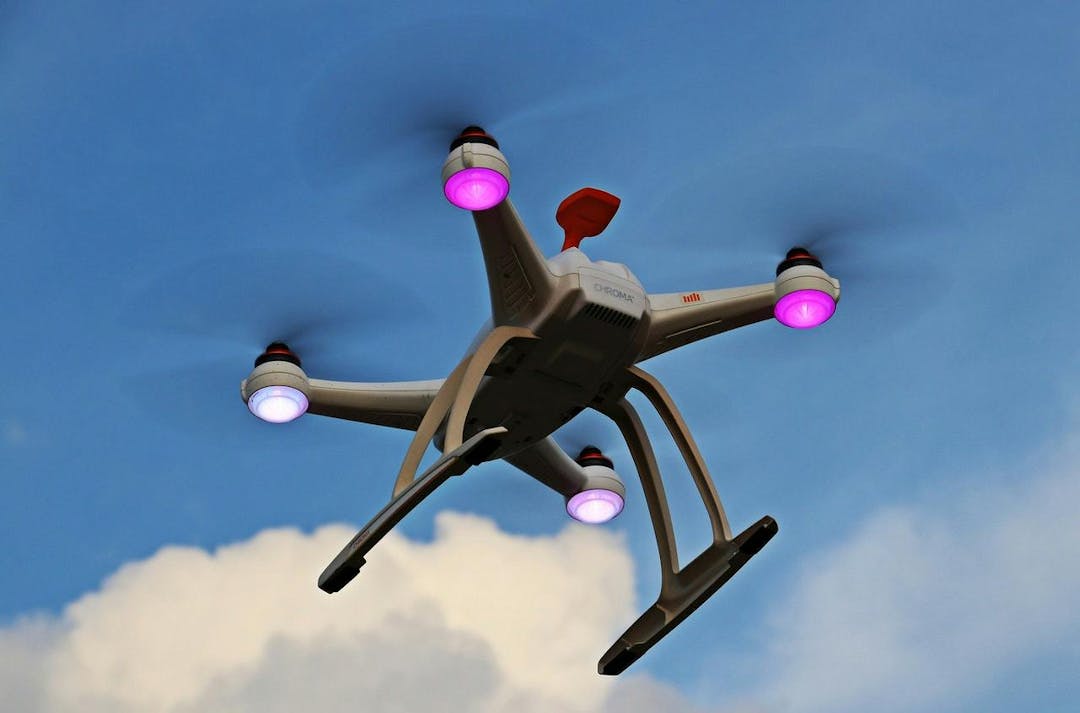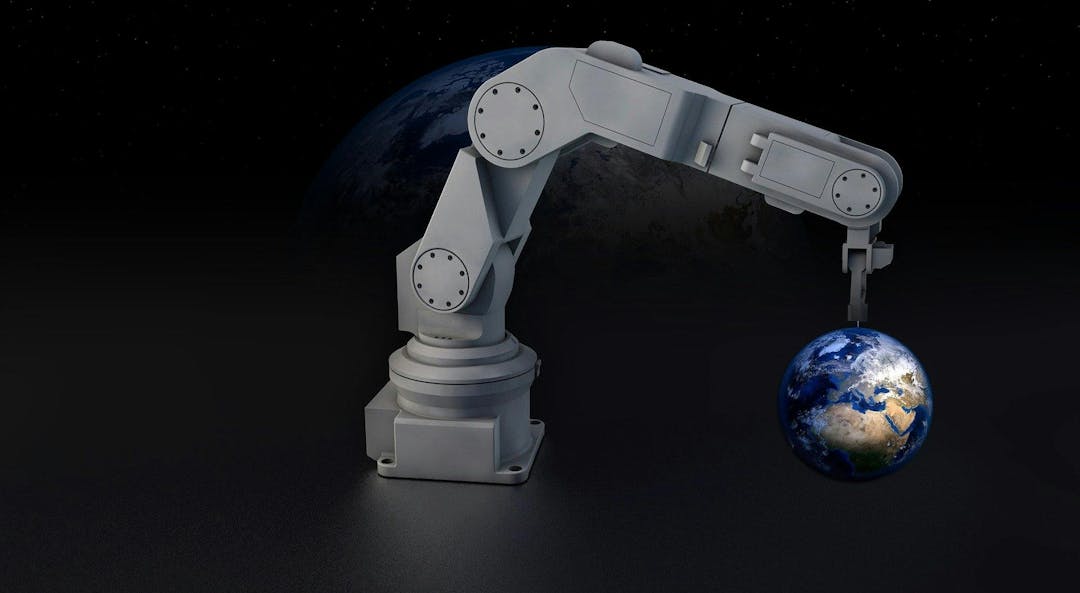Five Ways To Design A Better Job For Yourself
What’s easier for a robot: playing chess or gardening on a windy day? How about playing a video game or balancing on one foot?
Some tasks that are trivial for humans, yet immensely difficult for robots. This is encapsulated by Moravec’s paradox, named after Hans Moravec, a robotics researcher at Carnegie Mellon University.1 Complex, abstract tasks, such as chess or algebra, are tiring for us yet trivial for robots. Small movements and balancing, on the contrary, are easy for us yet taxingly difficult for artificially intelligent beings. These uniquely human benefits come in handy when thinking of what your post-automation job will look like.
What makes us human
The automation-resistant tasks that remain for us at work after automation further progresses will need our uniquely human abilities. Skills like creativity, empathy, and dexterity are much easier for people to exhibit than computers.2 After all, we’ve practiced these skills since birth, with many opportunities to learn and adapt. Armed with insights about what tasks you’ll be doing after a wave of automation, you can look to the future and design a more automation-resistant role within your organization.
Behavioral Science, Democratized
We make 35,000 decisions each day, often in environments that aren’t conducive to making sound choices.
At TDL, we work with organizations in the public and private sectors—from new startups, to governments, to established players like the Gates Foundation—to debias decision-making and create better outcomes for everyone.
The process of designing a new role for yourself in your existing job is called job crafting. By crafting your job, you can increase your ability to deal with stress,3 find new motivation at work, and gain career flexibility by giving yourself more opportunities to master new skills.4
Going through this process might sound like overstepping your bounds as an employee, yet senior leadership would likely be quite receptive to the gesture. CEOs and other top-level leaders are worried about low levels of innovation leaving their companies behind. Specifically, 77% of CEOs surveyed were worried that their companies didn’t have the creativity to reinvent their business in a slowdown.5 Now that we’re in the middle of a slowdown, you’d be surprised at how valuable job crafting can be for helping yourself and your company thrive.
Say you want to use job crafting to build a more automation-resistant role in your company. How exactly should you do this?
You’ll want to use the principles of work design below to enrich your job.6 The acronym ‘FIVAS’ covers the five ways you can make your tasks more desirable, less routine, and more valuable, especially in service and knowledge industries.7 FIVAS stands for:
- Feedback: When you see the results of your work sooner, your job is high in feedback.
- Identity: When your work is more holistic than piecemeal, you have high task identity.
- Variety: When you do many different tasks instead of one repetitive function, you have task variety.
- Autonomy: When you can make independent decisions about your work, you have greater autonomy.
- Significance: If your work is meaningful to you, it has significance.
These five job design elements can better match your skills to your work. The current skills-job mismatch affects many workers, keeping them underemployed and disengaged because their work isn’t challenging.
If leaders ignore these elements of work design, automation can make skilled jobs more externally controlled, giving workers less autonomy.8 Here’s what a data analyst’s job could look like before and after job crafting:
| Job Design Elements | Before Job Crafting | After Job Crafting |
| Feedback | The data analyst only gets feedback once a year in their annual review. | The data analyst gets weekly feedback on smaller tasks and sees their impact after each project is done. |
| Identity | The analyst's role involves reviewing datasets. | The analyst's role involves data-driven projects from beginning to end. |
| Variety | The data analyst spends all their time cleaning financial data in one computer program. | The data analyst prepares, analyzes, and presents data from multiple sources, including financial and marketing information. |
| Autonomy | The employee follows a script to review data quality that specifies every step in the process. | The employee explores multiple ways to solve the company's new challenges using data. |
| Significance | The analyst plays a small role in the reporting function of the company. | The analyst owns data-driven projects from start to finish, seeing the impact of their work on its recipients. |
The benefits of mindless work
Yet, it is possible to go too far with a job redesign. When crafting your job to be more motivating, you’ll want a balance between challenging, unique tasks and mindless work.
“Why would I want some mindless work?”, you might ask.
The AI Governance Challenge
Surprisingly, repetitive tasks can inspire creativity by letting your mind wander and make new connections.9 When your job has variety, you’ll be switching tasks more often. This takes a cognitive toll, so you’ll need some low-energy work to recover from all of these demands.
During those recovery periods, you might find yourself dreaming up new solutions to challenges in your role. This will motivate you to do more challenging, unique work. Balancing “brain breaks” and difficult work can create a virtuous cycle of tasks that spark — instead of drain — your energy.
We don’t need to be passive in the face of automation. By bringing our uniquely human skills to newly redesigned jobs, we can craft more motivating and impactful work even as our economy rapidly transforms.
References
- ThinkAutomation (n.d). What is Moravec’s Paradox and What does it Mean for Modern AI? Retrieved at https://www.thinkautomation.com/bots-and-ai/what-is-moravecs-paradox-and-what-does-it-mean-for-modern-ai/.
- Autor, D. (2014). Polanyi’s paradox and the shape of employment growth (Vol. 20485). Cambridge, MA: National Bureau of Economic Research.
- Blazejewski, S., & Walker, E. M. (2018). Digitalization in Retail Work: Coping With Stress Through Job Crafting. Socio-Economic Studies, 29(1), 79-100.
- Zhang, W., Guan, X., Zhou, X. and Lu, J. (2019), The effect of career adaptability on career planning in reaction to automation technology, Career Development International, 24(6), 545-559.
- Bersin, J. (2019). Untangling the HR Tech Market 2020. Presentation at the HR Technology Conference 2019.
- Parker, Sharon & Grote, Gudela. (2019). Automation, Algorithms, and Beyond: Why Work Design Matters More Than Ever in A Digital World. Journal of Applied Psychology. 10.1111/apps.12241.
- Hackman, R.J., & Oldham, G. (1976). Motivation through the design of work: Test of a theory. Organizational Behavior and Human Performance, 16(2), 250-279.
- de Witte, M., & Steijn, B. (2000). Automation, job content, and underemployment. Work, Employment, and Society, 14(2), 245-264.
- Elsbach, K. D., & Hargadon, A. B. (2006). Enhancing creativity through “mindless” work: A framework of workday design. Organization Science, 17(4), 470-483.
About the Author
Natasha Ouslis
Natasha is a behavior change consultant, writer, and researcher. She started her own workplace behavioral science consulting firm after working as a consultant at fast-growing behavioral economics companies including BEworks. Natasha is also finishing her PhD in organizational psychology at Western University, specializing in team conflict and collaboration, where she completed her Master of Science in the same field. She has a monthly column on workplace behavioral design in the Habit Weekly newsletter and is a Director and science translator at the nonprofit ScienceForWork.





